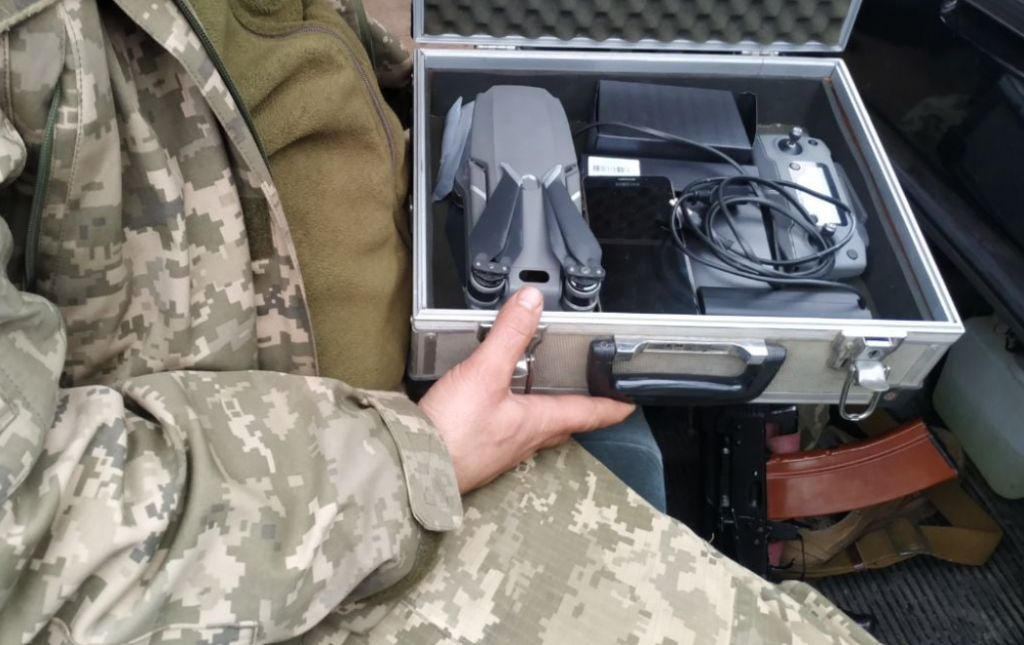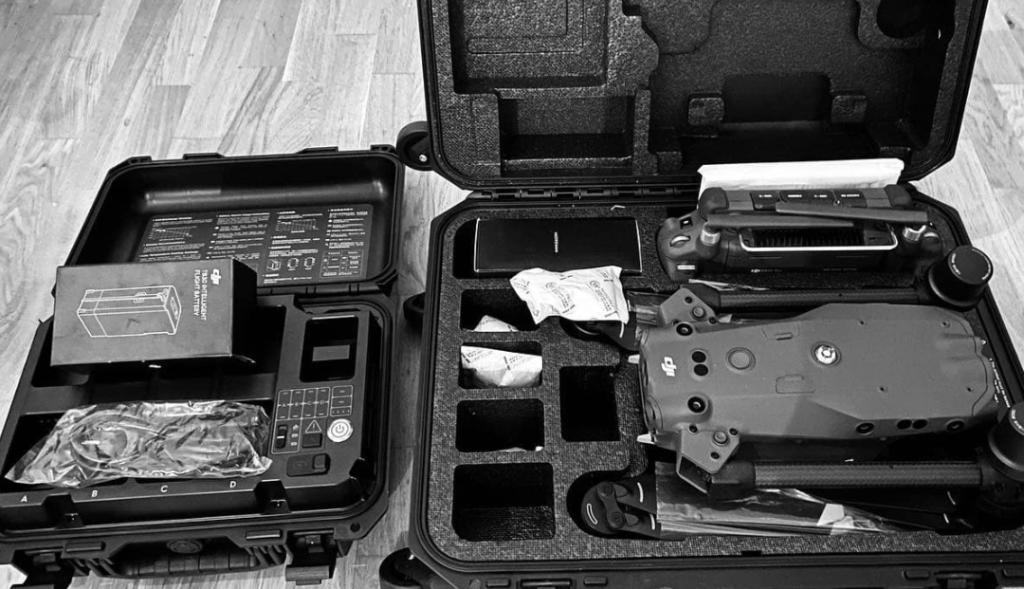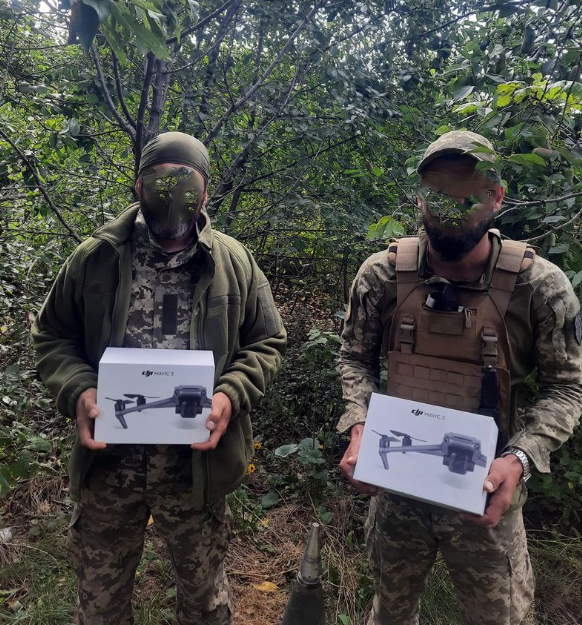
THE RUNDOWN
Just seven years after the Wright brothers took their first flight, airplanes were used in World War One in both air-to-air and air-to-ground combat. Roughly a century later, another new aerial platform is reshaping the battlefield. While conventional military forces have used Unmanned Aerial Vehicles (UAVs) for decades, the proliferation of prosumer or consumer-grade small unmanned aerial systems (sUAS), primarily the quadcopter design, has made their use available to individuals and groups looking for a simple, cheap, and effective tool to enhance their operational capabilities. From Intelligence, Surveillance, and Reconnaissance (ISR) to sabotage and direct action, commercial sUAS have become commonplace among military, guerrilla, criminal elements, and more. In addition, these drones are relatively cheap, easy to purchase, require little training time for new users, and are easily modified for a wide variety of uses. This combination of factors has made commercial drones one of the most valuable and innovative technologies in modern combat.
From Commercial to Combat
In 2014, commercially available drones such as the DJI Mavic and Phantom were being utilized in places like Syria and Iraq. Easily modified to carry an explosive payload, they were used to drop grenades and mortars against enemy forces. Cartels in Latin America had already been experimenting with drones to traffic drugs across borders but quickly caught on to their utility as a weaponized platform. Soon, they began using them to attack rival cartels, Autodefensas, and police forces in a fashion similar to terror groups in the Middle East.
In 2018, an sUAS rigged with explosives were used in an attempted assassination of Venezuelan dictator Nicolás Maduro. In 2020, investigations and arrests in Indonesia revealed Islamic State-supported militants were planning to carry out attacks using armed sUAS. High-profile incidents in 2021 included injuries to two Mexican police officers when a drone dropped an explosive device on them in Aguililla, drones loaded with RDX attacking Jammu Air Force Base, and armed drones operated by Houthi forces damaging a Saudi aircraft.
A New Proving Ground
The most recent and prominent proof of this new technology’s effectiveness is in the Ukraine conflict. At the onset of the Russian invasion, the Ukrainian military was outnumbered and under-equipped, relying on whatever equipment they could source. Civilian drones quickly became an effective way to help even the field against better-equipped Russian forces. Since the start of the war, at least two organizations, Fight Back for Ukraine and Eyes on Ukraine, have been providing consumer drones and other equipment to Ukrainian forces.
“Drones changed the way the war was supposed to be,” says Valerii Iakovenko, founder of a Ukrainian drone company. “In 2014, drones became the center of attention of intelligence units, but their scale cannot be compared to what we see today.”

Ground troops could suddenly gather information about troop movements and locations. In addition, drones could be used to guide artillery and mortar fire with a higher degree of accuracy. Although not every soldier can be issued night vision or thermals, a single drone equipped with this type of camera is a highly effective force multiplier. Still, the most brazen use of this technology is the “kamikaze method”, in which an explosive-laden drone is flown directly into an armored vehicle or fighting position. As we have seen in combat footage from numerous accounts (usually first-hand from the drone’s POV), the trenches and bunkers common on the Ukrainian battlefield are highly susceptible to drone attacks. Sacrificing a drone is an easy choice when the alternative could be losing lives in an assault on an enemy position.
Ukraine’s drone capabilities have even extended offshore with armed uncrewed surface vessels (USVs) deployed against Russian ships. It has been proposed that similar low-cost USVs and quadcopters could play an important role in preventing a successful invasion of Taiwan.
New Rules, New Tactics

As the conflict evolves, so does the use of drones. The Ukrainian conflict has seen drones used in every capacity, including the first documented instances of drone-to-drone combat. The footage shows a Ukrainian drone striking a Russian drone in mid-air, ultimately crashing the Russian drone by destroying its propellers. Downed drones recovered from opposing forces are cause for celebration for a number of reasons. Aside from the obvious loss of equipment and threat elimination, the intelligence recovered from camera cards and flight metadata can provide invaluable insight into enemy activity. This has led to the development of combat TTPs (tactics, techniques, and procedures) that specifically outline the use of drones. Some examples include denying the use of certain features or overriding software to limit the amount of retrievable data if it falls into enemy hands. Another key example involves the launch and landing of the drone, being careful not to inadvertently give away the location of friendly forces to any observing enemy force.
Drones have also been coupled with 3D printers, unlocking even further potential. Load-bearing and release mechanisms are commonly paired items, turning initially harmless quadcopters into a device that can destroy an armored vehicle. As one anonymous Ukrainian soldier has been quoted saying: “With a couple thousand euros, you can destroy hundreds of thousands of euros worth of Russian machinery”.
Psychological and Counter-Tactics
Drones have a psychological effect as well, a sentiment shared not only by Ukrainian and Russian soldiers, but the likes of Mexican police as well. They’ve been called the “new IED”. Troops now not only have to worry about enemy fighters and roadside bombs, they also have to keep their eyes on the sky, even when there isn’t the threat of conventional air support like fighter jets or helicopters.“ Russian fighters are afraid of our visits, but they are even more afraid of us in the night when they have no possibility of seeing our drone, only listen.” says a Ukrainian drone operator who wishes to be identified as Mykhalo.
Although highly effective, drones are far from invincible. Both Russia and Ukraine use jamming technology to disrupt drone use. Even low-tech methods such as small-arms fire can be enough to repel an enemy drone. One of the most unique examples, though not yet used in combat, is the use of highly trained birds of prey, such as eagles, to literally snatch drones out of the sky. This unorthodox method has been used across the globe in places like the United States and India.
THE TAKEAWAY
The evolution of drone use and technology is far from over. New tactics and hardware emerge every day, and as global conflicts escalate, there is no shortage of real-world testing. Countries such as China have showcased technology like drone swarms, a frightening new development in drone warfare. And just as new ways to use drones are developed, so are new ways to counter them, such as advanced jamming and tracking technology. One thing is for certain: drones will be a defining piece of technology in this chapter of global conflict.
